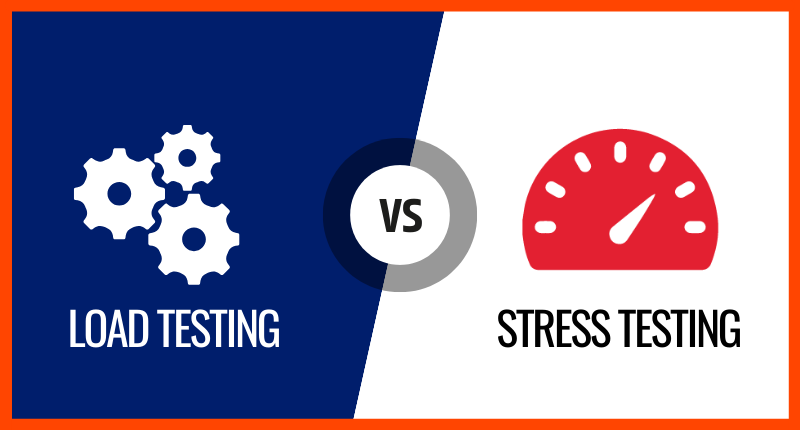In the realm of software development, ensuring the performance, reliability, and scalability of applications is paramount. Load testing and stress testing are two essential components of performance testing, each serving distinct purposes. In this blog post, we’ll delve into the key differences between load testing and stress testing, their importance in software quality assurance, and how they contribute to delivering a seamless user experience.
Load Testing:
Load testing is a performance testing technique designed to measure how a system behaves under expected conditions. Its primary objective is to assess the application’s ability to handle a specific load, often mimicking the expected real-world user activity. Here are some essential aspects of load testing:
1. Purpose: Load testing determines the system’s performance metrics, such as response times, throughput, and resource utilization, under normal or anticipated loads.
2. Test Scenarios: Test scenarios are typically based on projected user concurrency and usage patterns, ensuring the system can meet expected demand.
3. Importance: Load testing helps identify bottlenecks, assesses resource requirements, and optimizes system performance to meet baseline expectations.
4. Tools: Various load testing tools, like Apache JMeter, LoadRunner, and Gatling, can simulate user activities and collect performance data.
Stress Testing:
Stress testing takes performance testing a step further by pushing the system beyond its designed limits to assess its breaking point. The primary focus is to uncover vulnerabilities and weaknesses in the system under extreme conditions. Here’s what you need to know about stress testing:
1. Purpose: Stress testing evaluates how a system behaves when subjected to loads that exceed its normal operational capacity. It aims to identify failure points and weaknesses.
2. Test Scenarios: Stress testing employs extreme scenarios, such as sudden spikes in user activity or excessive resource consumption, to determine the system’s reliability.
3. Importance: Stress testing is crucial for identifying critical failure points, uncovering memory leaks, and ensuring the system can recover gracefully from extreme situations.
4. Tools: While some load testing tools can be used for stress testing, specialized tools like JMeter, Siege, and Tsung are better suited for creating intense, high-stress scenarios.
Key Differences:
1. Load testing focuses on typical or expected conditions, while stress testing evaluates the system’s behavior under extreme and unexpected circumstances.
2. Load testing assesses the application’s performance metrics within its operational limits, while stress testing aims to reveal vulnerabilities and weaknesses by pushing those limits.
3. The primary goal of load testing is to ensure the system meets baseline performance expectations, while stress testing aims to uncover critical failure points and assess recovery mechanisms.
Conclusion:
Load testing and stress testing are indispensable tools in the software quality assurance arsenal. Both serve distinct purposes in ensuring that applications perform reliably and efficiently. While load testing guarantees that the software meets expected performance levels, stress testing uncovers weaknesses that could lead to catastrophic failures under extreme conditions. Combining these two testing approaches enables software developers to deliver robust, scalable, and reliable applications, ultimately ensuring a seamless user experience. Prioritizing load and stress testing in the software development lifecycle is an investment in both the quality of the software and the satisfaction of its users.




